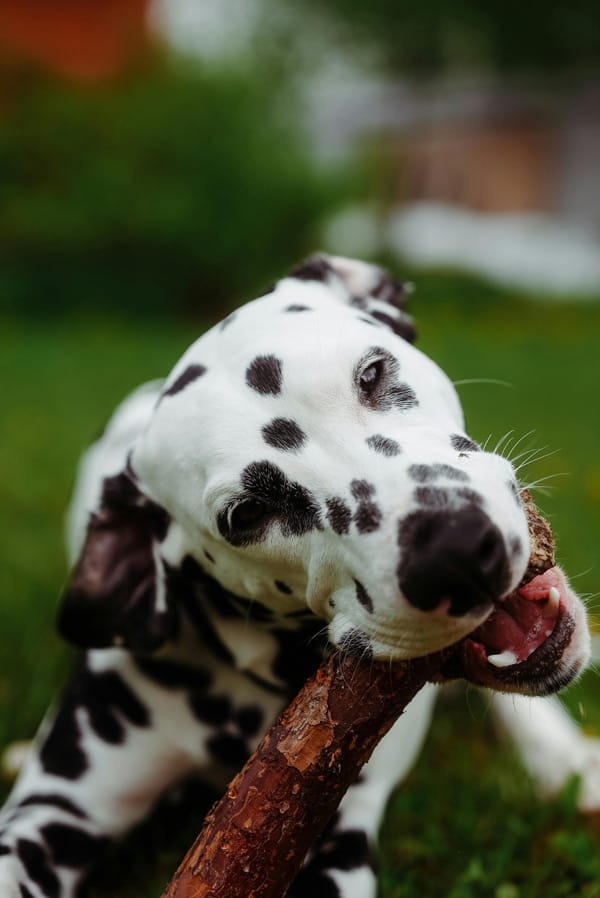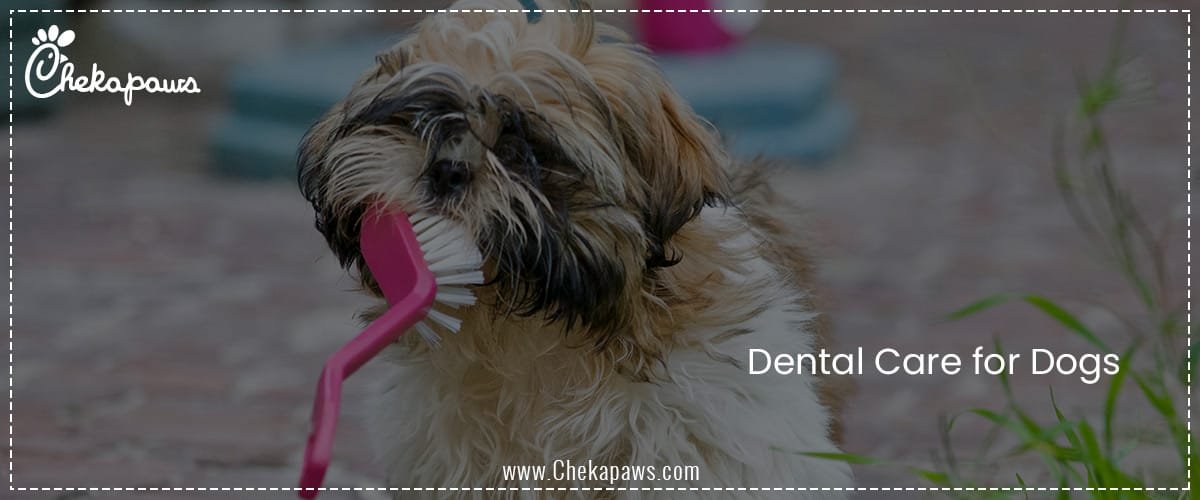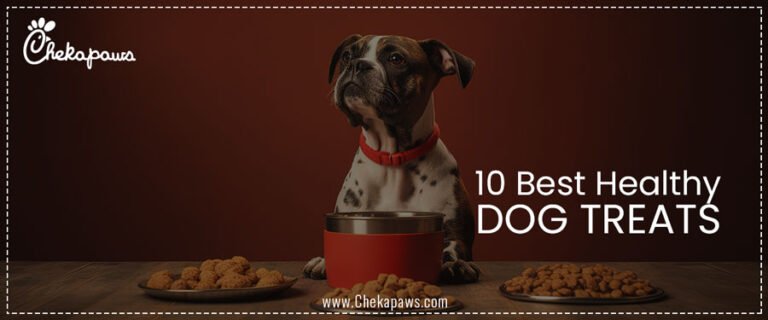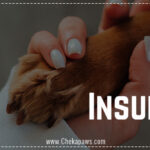I know from experience as a pet parent that dental care is essential to your dog’s general health. By the age of three, over 80% of dogs suffer from periodontal disease, which is brought on by poor oral hygiene and can cause discomfort, tooth loss, and systemic problems including kidney and heart disease. This is a thorough guide to keeping your dog’s teeth healthy
Table of Contents

Understanding Canine Dental Health
Dental problems like plaque accumulation, tartar formation, and gum disease can affect dogs just like they can people. If treatment is not received, these disorders may cause discomfort and worsen existing health issues.
Why Dog Dental Care Matters
The most prevalent health problem in dogs is periodontal disease, also known as gum-and-bone infection. Inflammation beneath the gum line can be concealed by even teeth that appear to be clean: According to research, 80–90% of dogs three years of age or older have some form of periodontal disease.
Consequences
- Pain, trouble eating, and unexpected weight loss
- Halitosis, or bad breath, and a lower quality of life
- Abscess, inflammation of the jaw bone, and tooth loss
- Diseases of the heart, liver, and kidneys may develop as germs enter the bloodstream.
According to a Washington Post article on veterinarian advice, “daily brushing is three times more effective than dental chews or diets,” with chewing-based tools being beneficial but not a replacement for brushing, even though cleaning under anesthesia is occasionally necessary.
Daily Dental Care Routine
How to Clean Your Dog’s Teeth
The best protection against tooth disease is consistent brushing. Because human toothpaste can be dangerous to dogs, use a toothbrush and toothpaste made especially for them. Although brushing your dog’s teeth should be done every day, even a few times a week can have a big impact.
Dental Toys and Chews
Dental toys and chews can lessen the accumulation of tartar and plaque. To guarantee effectiveness, look for products that have been certified by the Veterinary Oral Health Council (VOHC).
Professional Dental Care
How to Clean Your Dog’s Teeth
The best protection against tooth disease is consistent brushing. Because human toothpaste can be dangerous to dogs, use a toothbrush and toothpaste made especially for them. Although brushing your dog’s teeth should be done every day, even a few times a week can have a big impact.
Professional Cleaning Services
Professional cleanings are required to get rid of tartar and deal with problems below the gum line, even with careful at-home care. A veterinarian should perform these anesthetic-required operations.
Recognizing Signs of Dental Problems
Keeping an eye out for signs of dental problems.
- Bad breath
- Gums that are leaking or red
- Loss of appetite or difficulty eating
- Missing or loose teeth
- Pawing at the face or mouth
See your veterinarian right away if you observe any of these symptoms.
Special Considerations
Breed-Specific Risks
Because of their packed teeth and jaw shape, several dog breeds—particularly petite or brachycephalic (flat-faced) dogs like Pugs and Chihuahuas—are more susceptible to dental problems.
Age Factors
Dogs with special dental needs include puppies and elderly canines. To help puppies become accustomed to brushing, begin dental care early. It’s possible that older canines need more frequent cleanings and examinations.
Size matters
compared to larger breeds, small-breed dogs are up to twice as likely to suffer periodontal disease and dental crowding.
Genetics and conformation
Some breeds have poor salivary composition, while brachycephalic breeds with crowded teeth—such as Shih Tzu, Pugs, and Chihuahuas—develop pockets earlier.
Recognizing Early Warning Signs
Teeth can be saved by early detection. Keep an eye out for
- Chronic halitosis, or bad breath, particularly in the mornings
- Brown or yellowish tartar around the gum line, particularly on premolars or molars
- Gums that bleed when brushing or chewing, or that are red or swollen
- Chewing solely on one side, dropping food, and being reluctant to chew
- Nasal discharge, dry eyes (tear staining at upper fourth premolars), and facial oedema (abscess)
- Drooling, pawing at the mouth or face, and a loss in energy or appetite
- Sources unique to dogs (e.g. Cornell Vet) Signs may include unexpected tooth loss, jaw pain, or hostility or retreat.
Conclusion
Keeping your dog’s teeth healthy includes
- Using toothpaste designed specifically for dogs every day
- Providing toys and dental chews
- Professional cleanings and routine veterinary examinations
- Keeping an eye out for indications of oral illness







